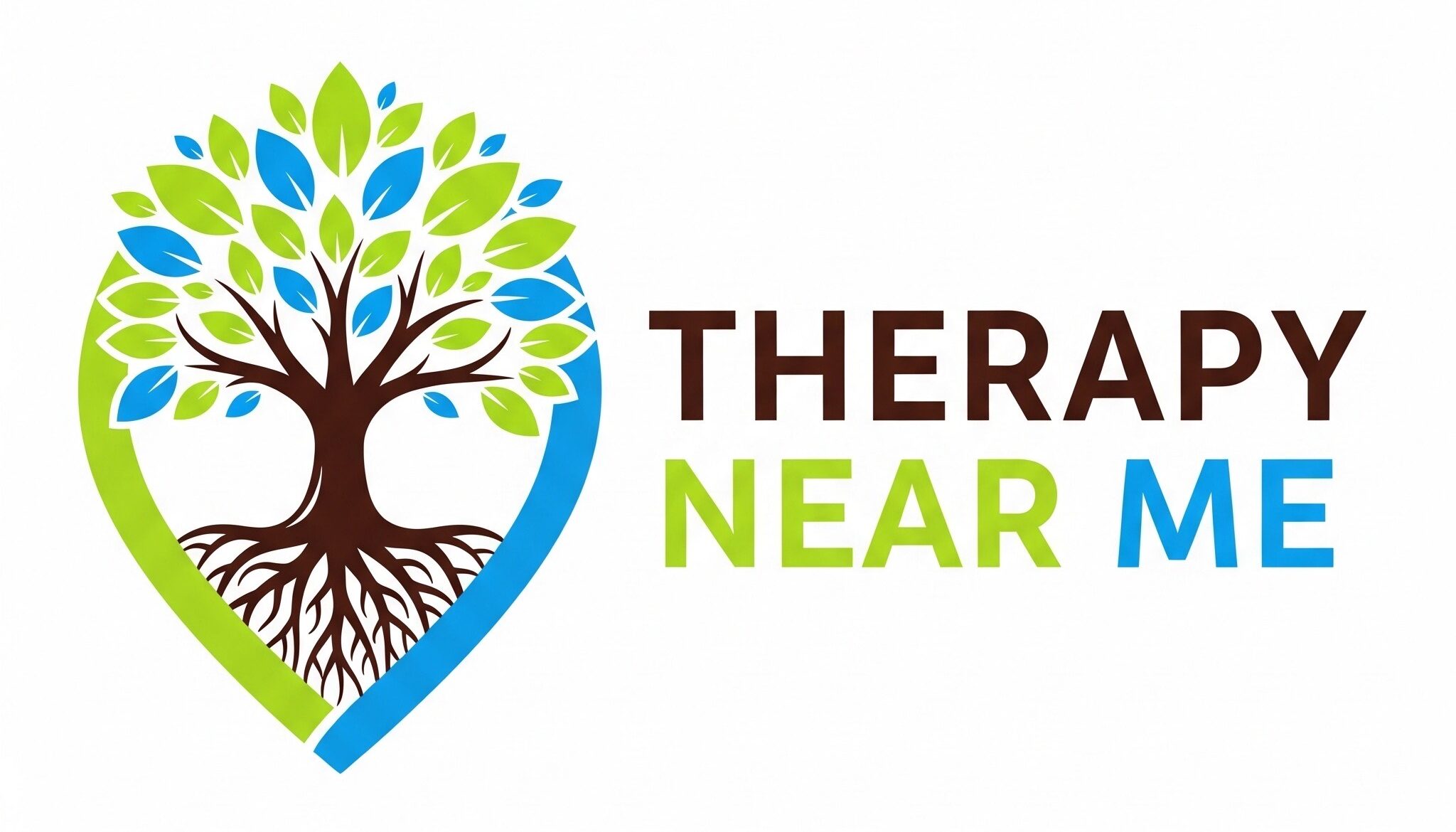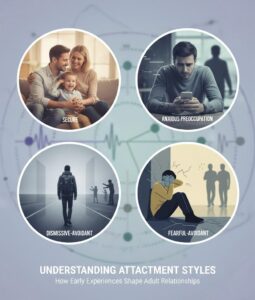In our journey through life, we often encounter various forms of pain, some of which can be easily traced to physical injuries or illnesses. However, there’s a type of pain that eludes such straightforward diagnosis—psychosomatic pain. This term might evoke a range of reactions, from curiosity to skepticism, largely due to common misconceptions about what it really means. Is psychosomatic pain “all in your head”? Well, the answer is both yes and no. To understand this, we need to delve into the intricate relationship between mind and body, exploring how psychological factors can manifest as physical pain.
Understanding Psychosomatic Pain
Psychosomatic pain arises from psychological factors, such as stress or emotional trauma, rather than direct physical causes. However, this doesn’t mean the pain is any less real. The Australian Psychological Society highlights the importance of recognising the biopsychosocial model, which illustrates how biological, psychological, and social factors interact to influence health, including pain perception.
Research, including a study published in the Journal of Clinical Psychology, shows that stress and emotional states can significantly impact physical health, potentially leading to manifestations of pain without a clear physical origin (Lumley, M.A., Cohen, J.L., Borszcz, G.S., et al., 2011). This phenomenon underscores the complexity of pain and the need for a holistic approach to diagnosis and treatment.
The Role of the Brain in Psychosomatic Pain
The brain plays a pivotal role in how we perceive pain. It processes signals from the body, but it can also amplify or diminish these signals based on psychological factors. Neuroimaging studies have provided evidence that psychosomatic pain involves specific brain regions associated with emotional regulation and pain perception. For instance, the prefrontal cortex and the amygdala, areas linked to stress and emotion, are often active in individuals experiencing psychosomatic pain (Tracey, I., & Bushnell, M.C., 2009, Nature Reviews Neuroscience).
Treating Psychosomatic Pain
Addressing psychosomatic pain requires a comprehensive approach that considers both the mind and the body. Cognitive-behavioural therapy (CBT) is one evidence-based treatment that has been shown to be effective for managing chronic pain, including psychosomatic pain. CBT works by helping individuals change the way they think about and respond to pain, thereby altering the pain experience itself (Hofmann, S.G., Asnaani, A., Vonk, I.J.J., Sawyer, A.T., & Fang, A., 2012, JAMA).
Furthermore, mindfulness-based stress reduction (MBSR) programs have gained recognition for their effectiveness in reducing the impact of psychosomatic pain. These programs teach mindfulness meditation as a way to help people become more aware of their bodies and their pain, without judgment or avoidance. A meta-analysis published in The Journal of the American Medical Association found that MBSR can lead to significant improvements in pain symptoms and quality of life for individuals dealing with chronic pain (Cherkin, D.C., Sherman, K.J., Balderson, B.H., et al., 2016).
Conclusion
Psychosomatic pain is a complex phenomenon that blurs the lines between mind and body. It’s crucial to understand that while the pain might be influenced by psychological factors, it is not merely “imagined” but a genuine experience of distress. In Australia, where mental health awareness is increasingly prioritised, acknowledging and addressing psychosomatic pain is an essential step towards holistic healthcare.
The growing body of research underscores the need for an integrated approach to pain management, one that considers the psychological as well as the physical aspects of health. By doing so, we not only validate the experiences of those living with psychosomatic pain but also open doors to more effective treatments.
References
- Lumley, M.A., Cohen, J.L., Borszcz, G.S., et al. (2011). Pain and Emotion: A Biopsychosocial Review of Recent Research. Journal of Clinical Psychology.
- Tracey, I., & Bushnell, M.C. (2009). How Neuroimaging Studies Have Challenged Us to Rethink: Is Chronic Pain a Disease? Nature Reviews Neuroscience.
- Hofmann, S.G., Asnaani, A., Vonk, I.J.J., Sawyer, A.T., & Fang, A. (2012). The Efficacy of Cognitive Behavioral Therapy: A Review of Meta-analyses. JAMA.
- Cherkin, D.C., Sherman, K.J., Balderson, B.H., et al. (2016). Effect of Mindfulness-Based Stress Reduction vs Cognitive Behavioral Therapy or Usual Care on Back Pain and Functional Limitations in Adults with Chronic Low Back Pain: A Randomized Clinical Trial. Journal of the American Medical Association.
How to get in touch
If you or your patient/NDIS clients need immediate mental healthcare assistance, feel free to get in contact with us on 1800 NEAR ME – admin@therapynearme.com.au.







